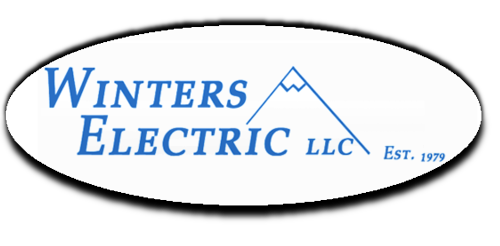Power strips can be a great tool for providing additional outlets for your must-use devices. Unless you are living in a newer home, odds are you feeling as though you don’t have anywhere near enough outlets. This is likely true. Just a few short years ago we wouldn’t believe the different electronic devices we now own. From our phones, tablets, smart devices, video game consoles, and smartwatches, there is always something that needs to be charged. This is where owning a power strip can feel like a necessity. While power strips are a great way to easily add outlets to your home, several items should not be plugged into a power strip.
Kitchen Appliances
Before plugging anything into your power strip, you should consider how much power it needs to operate. If something needs to be continuously running or pulls a lot of energy to operate, it is best plugged into a direct outlet. This involves major appliances, such as your fridge, dishwasher, washer, dryer, microwave, and coffee maker. These appliances, while some smaller in nature, still require a lot of power to operate effectively. One obvious sign that you are asking too much of your power strip is if the surge protection kicks in and shuts down the strip when trying to operate more than one appliance.
Bathroom Accessories
Hair tools that require the use of heat can draw a lot of power in a short amount of time. If you have a power strip in your bathroom, you may want to think twice before plugging in multiple hot tools. These tools can overload your system, creating a potential hazard.
Alternatives to Power Strip Use
If you are relying too heavily on your power strips, you may want to consider upgrading the outlets within your home. Professional electricians such as those at Winters Electric, can access the power demands of your home. They can offer suggestions for improving energy accessibility. These options can be cost-effective, as well as ensure your electrical use is within safe parameters. Contact us to learn more.



